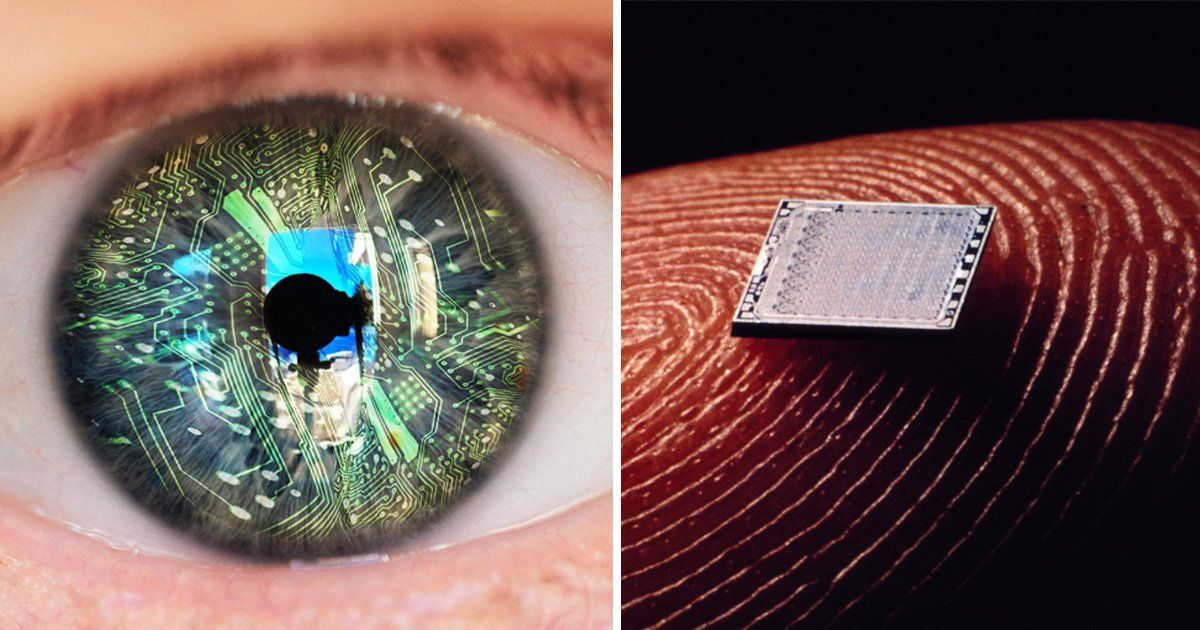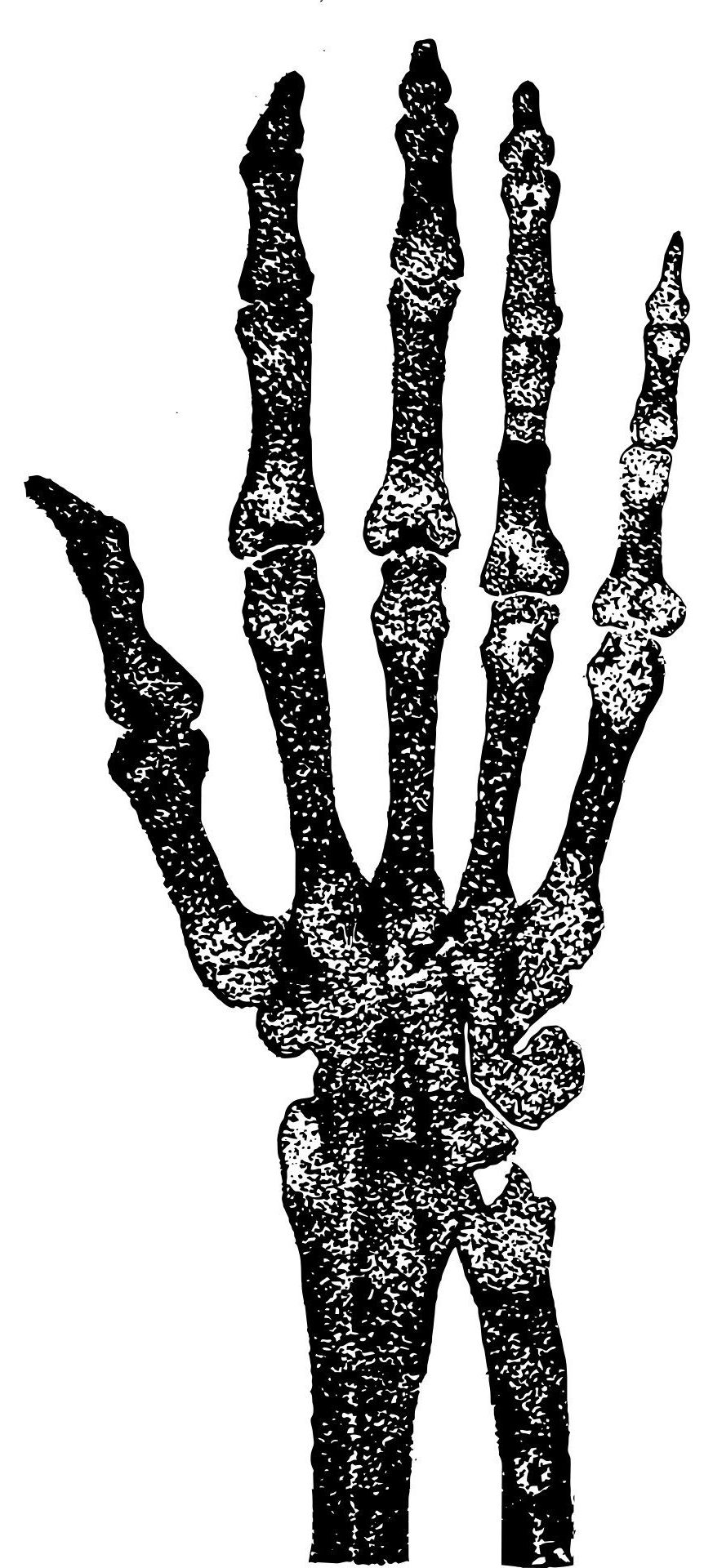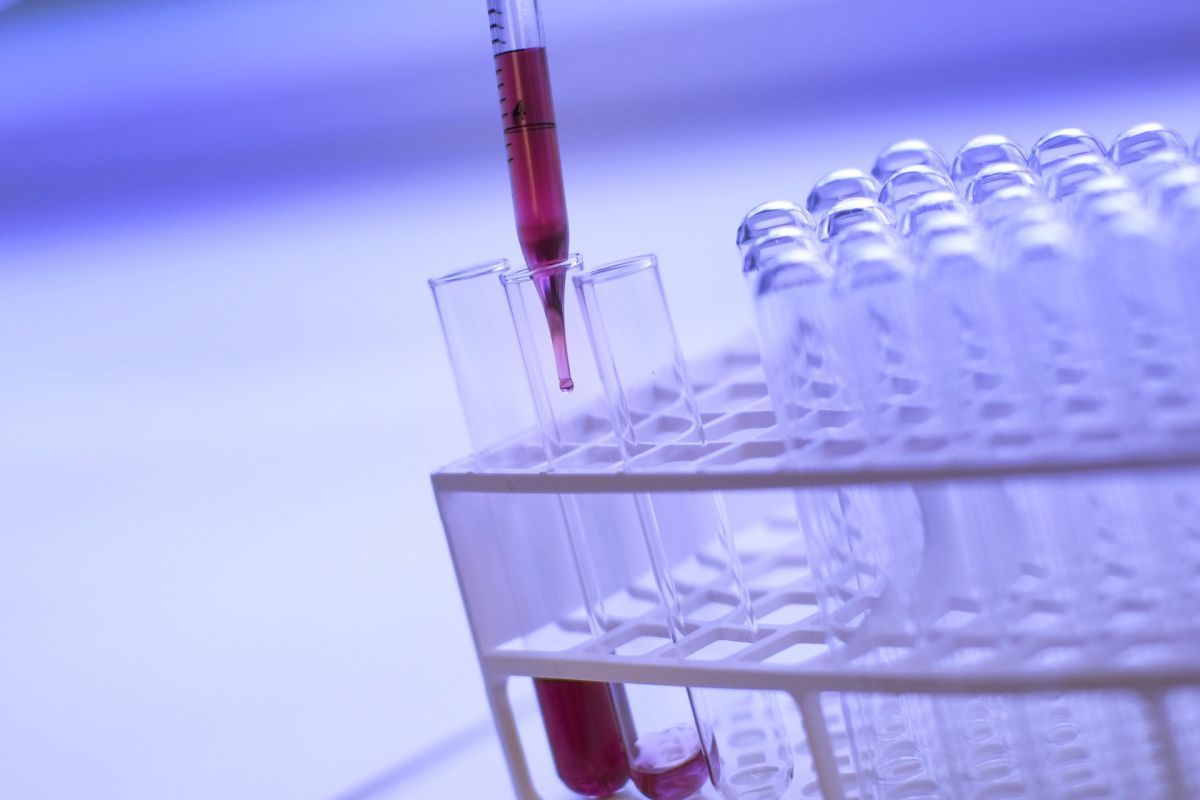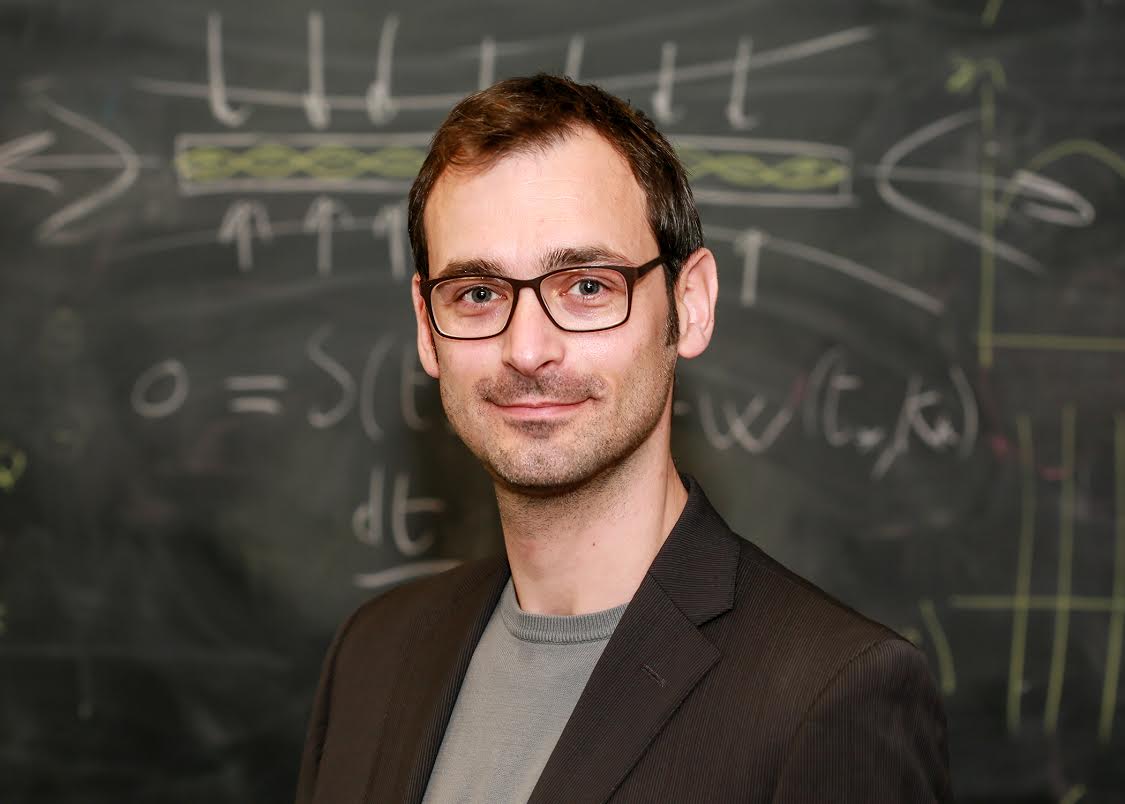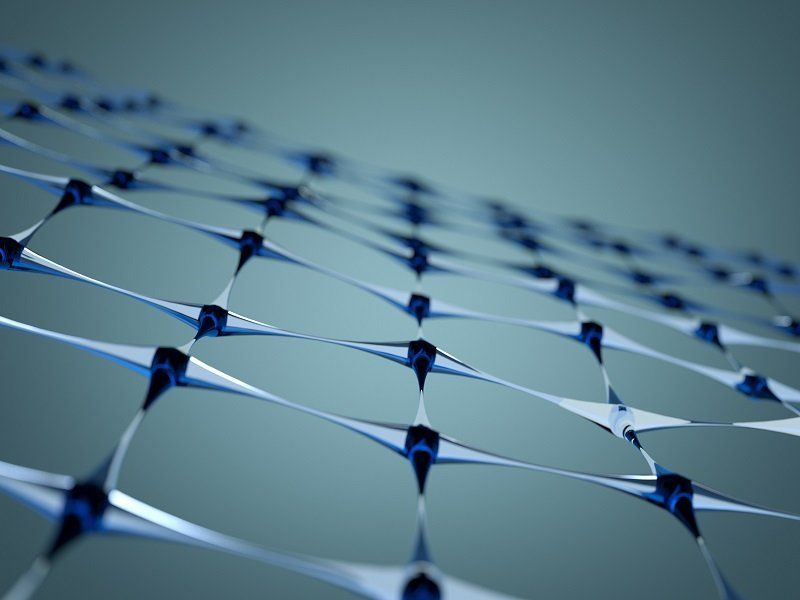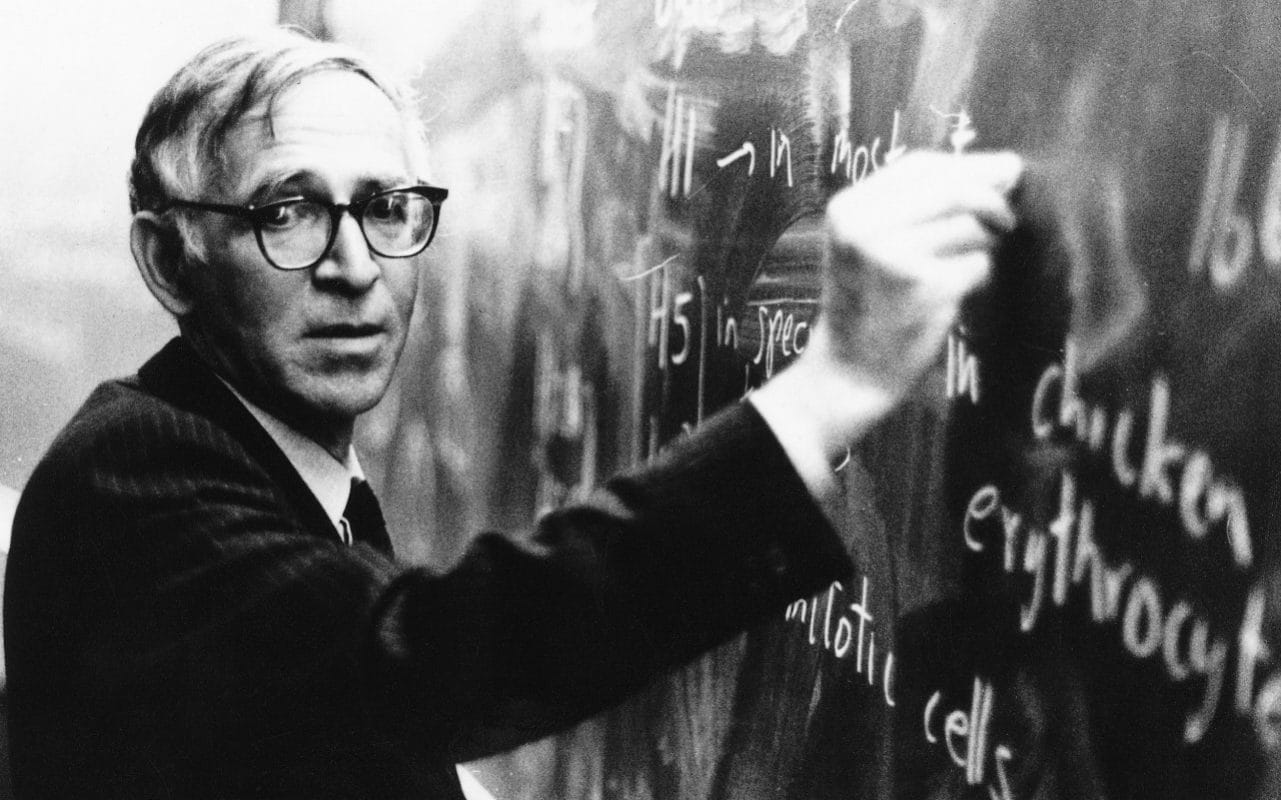Are the tiny chips a ‘mark of the beast’ which herald the apocalypse or the next revolution in technology?
Researchers from Chalmers University of Technology, Sweden, have discovered how our bones grow at an atomic level, showing how an unstructured mass orders itself into a perfectly arranged bone structure. The discovery offers new insights, which could yield improved new implants, as well as increasing our knowledge of bone diseases such as osteoporosis.
The bones in our body grow through several stages, with atoms and molecules joining together, and those bigger groupings joining together in turn. One early stage in the growth process is when calcium phosphate molecules crystallise, which means that they transform from an amorphous mass into an ordered structure. Many stages of this transformation were previously a mystery, but now, through a project looking at an imitation of how our bones are built, the researchers have been able to follow this crystallisation process at an atomic level. Their results are now published in the scientific journal Nature Communications.
“A wonderful thing with this project is that it demonstrates how applied and fundamental research go hand in hand. Our project was originally focused on the creation of an artificial biomaterial, but the material turned out to be a great tool to study bone building processes. We first imitated nature, by creating an artificial copy. Then, we used that copy to go back and study nature,” says Martin Andersson, Professor in Materials Chemistry at Chalmers, and leader of the study.
Magnetic reconnection takes place when the magnetic field lines embedded in a plasma—the hot, charged gas that makes up 99 percent of the visible universe—converge, break apart and explosively reconnect. This process takes place in thin sheets in which electric current is strongly concentrated.
According to conventional theory, these sheets can be highly elongated and severely constrain the velocity of the magnetic field lines that join and split apart, making fast reconnection impossible. However, observation shows that rapid reconnection does exist, directly contradicting theoretical predictions.
Asymmetry plays a major role in biology at every scale: think of DNA spirals, the fact that the human heart is positioned on the left, our preference to use our left or right hand … A team from the Institute of biology Valrose (CNRS/Inserm/Université Côte d’Azur), in collaboration with colleagues from the University of Pennsylvania, has shown how a single protein induces a spiral motion in another molecule. Through a domino effect, this causes cells, organs, and indeed the entire body to twist, triggering lateralized behaviour. This research is published in the journal Science on November 23, 2018.
Earth’s natural resources largely determine the global economy’s ebb and flow. As such, the effects of climate change continue to cause concern among economists and environmentalists alike.
In 2018, professors William Nordhaus and Paul Romer won the Nobel Prize in Economics for their work exploring how climate change affects economic stability. Ultimately, the pair’s research found the phenomena to be closely linked. The case for investment in sustainable ventures is clear: Without such commitments, both the planet and the global economic ecosystem will suffer.
Sustainable investments may jump start the slow process of changing consumer habits. Below, we examine the economy-boosting benefits of environmentally friendly business models — and how sustainable investment plays an important role.
Researchers have combined a form of graphene with a seaweed-derived substance to create a whole new smart material with multiple uses.
A number of biomedical applications have begun to adopt hydrogel materials made from alginate, a natural material derived from seaweed. Yet in their current form, these hydrogels are incredibly fragile, meaning they’re not very useful in the long term.
However, researchers at Brown University have found a way to drastically improve their strength – in addition to making them more intricate in shape – using graphene oxide (GO) and 3D printing.
Sir Aaron Klug, OM, who has died aged 92, won the 1982 Nobel Prize in Chemistry for his development of crystallographic electron microscopy and his work in charting the infinitely complex structures of chromosomes, the body’s largest molecules.
Human genes are made of nucleic acids such as DNA (deoxyribonucleic acid). The acids are too small to be seen with an ordinary microscope and too large to be studied by examining them under X-rays.
